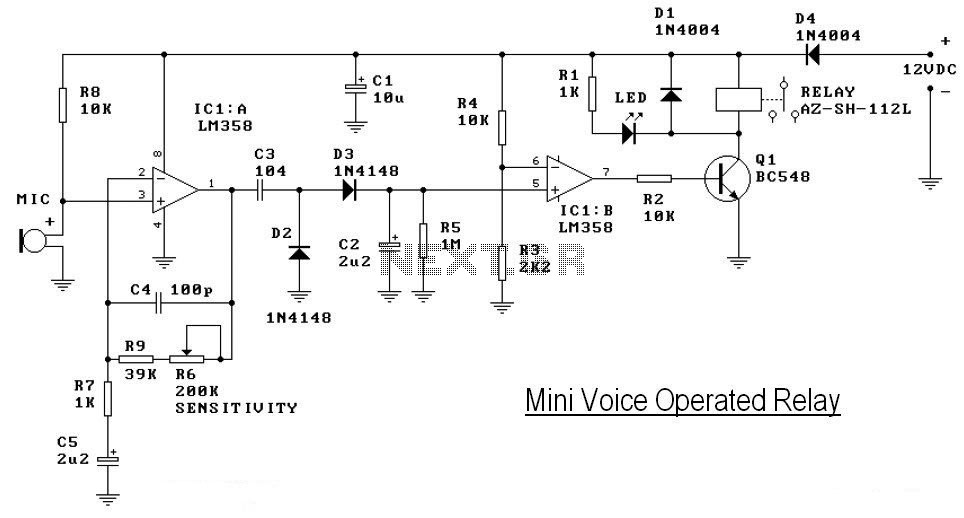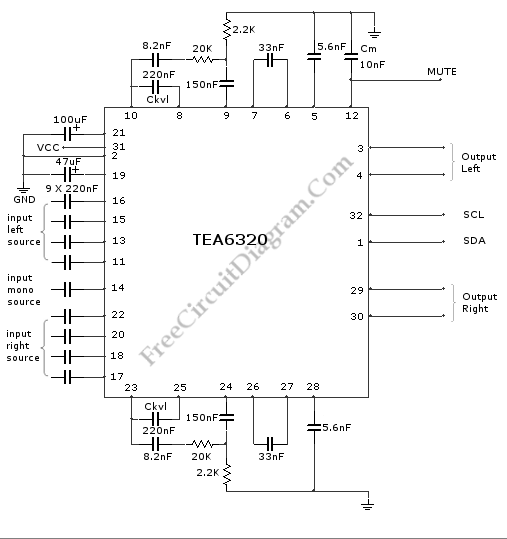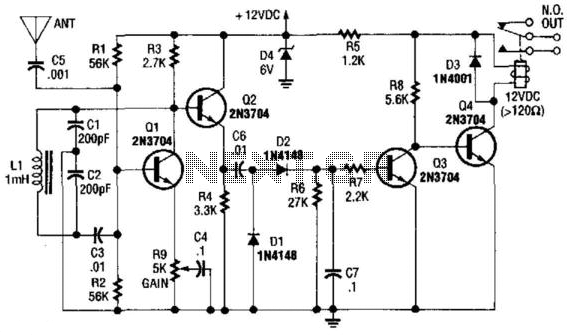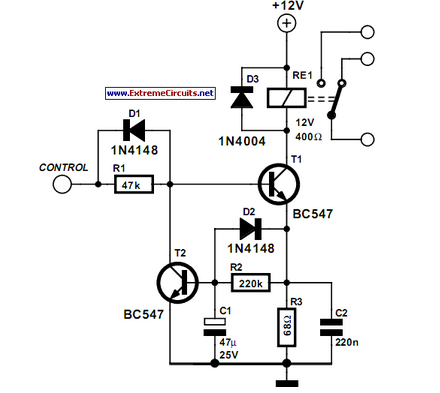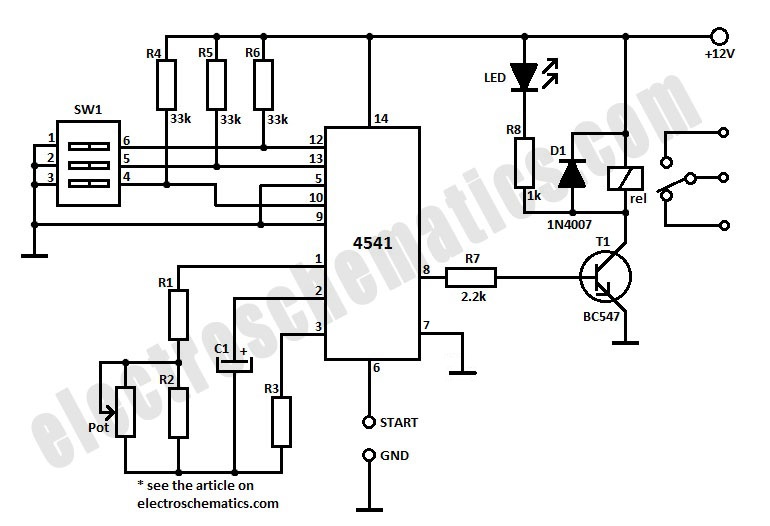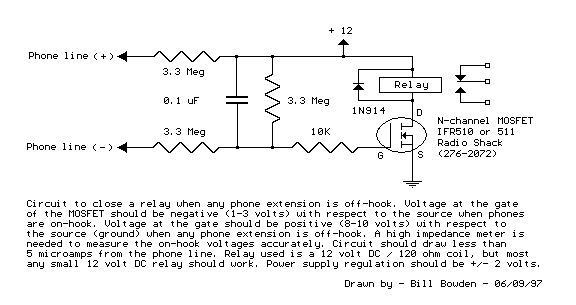
push button relay selector

This circuit was designed for use in a hi-fi showroom, where a choice of speakers could be connected to a stereo amplifier for comparative purposes.
The circuit serves as a speaker selector that facilitates the connection of multiple speakers to a single stereo amplifier, allowing for easy comparison of audio performance across different speaker models. The design typically includes a rotary switch or a relay-based switching mechanism to select between various speaker outputs while ensuring that only one speaker pair is active at any given time.
Key components of the circuit may include a stereo amplifier input, a set of speaker outputs, a switching mechanism (such as a rotary switch or relays), and possibly indicator LEDs to show which speaker is currently selected. The circuit should be designed to handle the power ratings of the speakers and amplifier, ensuring that it can safely switch between them without introducing distortion or damaging components.
In addition to the basic functionality, the circuit may incorporate features such as impedance matching to prevent load issues, and protection circuits to safeguard the amplifier and speakers from overcurrent conditions. The layout should minimize interference and maintain signal integrity, with careful consideration given to wire lengths and grounding techniques.
Overall, this circuit is essential for audio enthusiasts and professionals who require an efficient and effective means to evaluate and demonstrate the audio characteristics of various speaker systems in a controlled environment.This circuit was designed for use in a hifi showroom, where a choice of speakers could be connected to a stereo amplifier for comparative purposes. It cou.. 🔗 External reference
The circuit serves as a speaker selector that facilitates the connection of multiple speakers to a single stereo amplifier, allowing for easy comparison of audio performance across different speaker models. The design typically includes a rotary switch or a relay-based switching mechanism to select between various speaker outputs while ensuring that only one speaker pair is active at any given time.
Key components of the circuit may include a stereo amplifier input, a set of speaker outputs, a switching mechanism (such as a rotary switch or relays), and possibly indicator LEDs to show which speaker is currently selected. The circuit should be designed to handle the power ratings of the speakers and amplifier, ensuring that it can safely switch between them without introducing distortion or damaging components.
In addition to the basic functionality, the circuit may incorporate features such as impedance matching to prevent load issues, and protection circuits to safeguard the amplifier and speakers from overcurrent conditions. The layout should minimize interference and maintain signal integrity, with careful consideration given to wire lengths and grounding techniques.
Overall, this circuit is essential for audio enthusiasts and professionals who require an efficient and effective means to evaluate and demonstrate the audio characteristics of various speaker systems in a controlled environment.This circuit was designed for use in a hifi showroom, where a choice of speakers could be connected to a stereo amplifier for comparative purposes. It cou.. 🔗 External reference
Warning: include(partials/cookie-banner.php): Failed to open stream: Permission denied in /var/www/html/nextgr/view-circuit.php on line 713
Warning: include(): Failed opening 'partials/cookie-banner.php' for inclusion (include_path='.:/usr/share/php') in /var/www/html/nextgr/view-circuit.php on line 713
